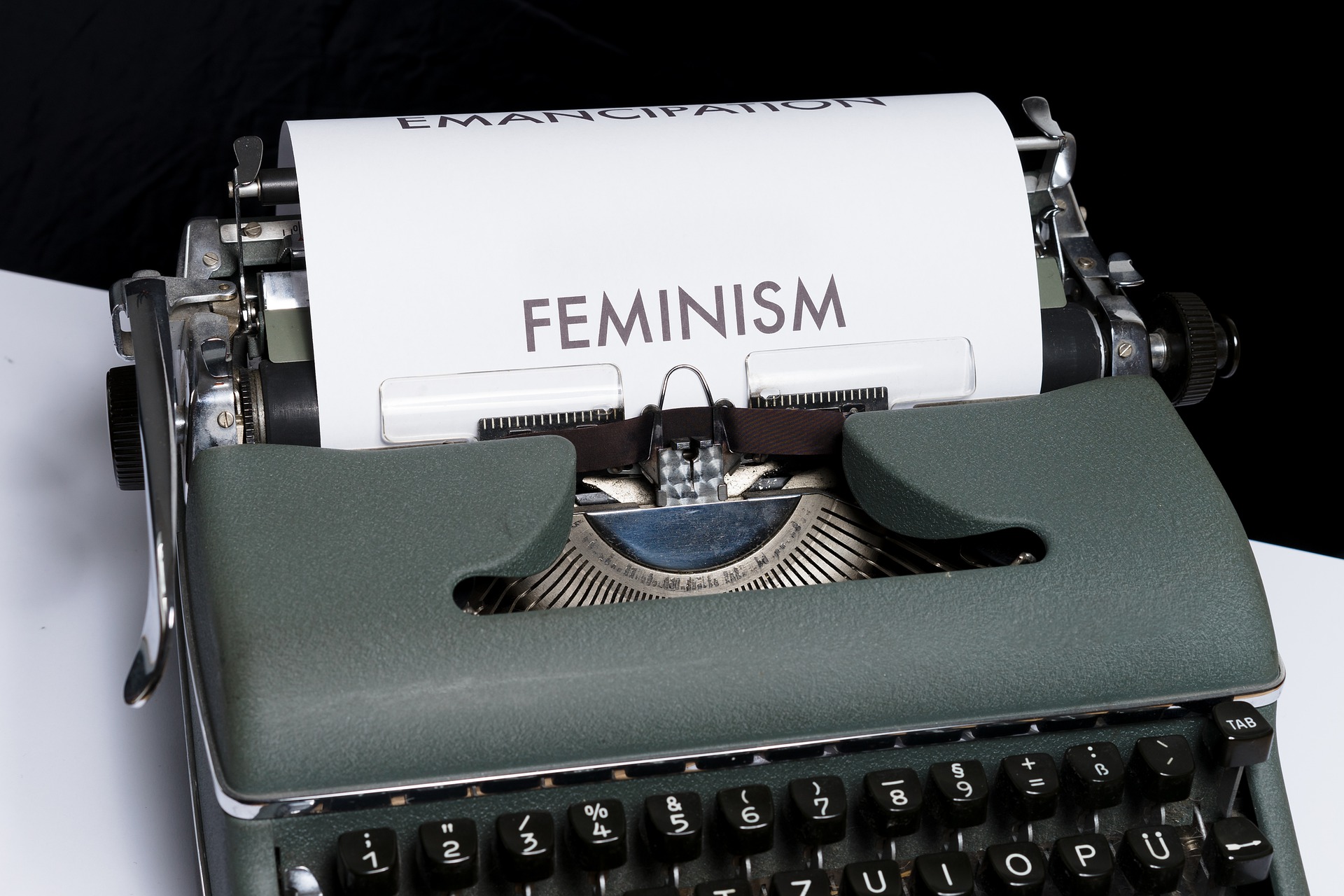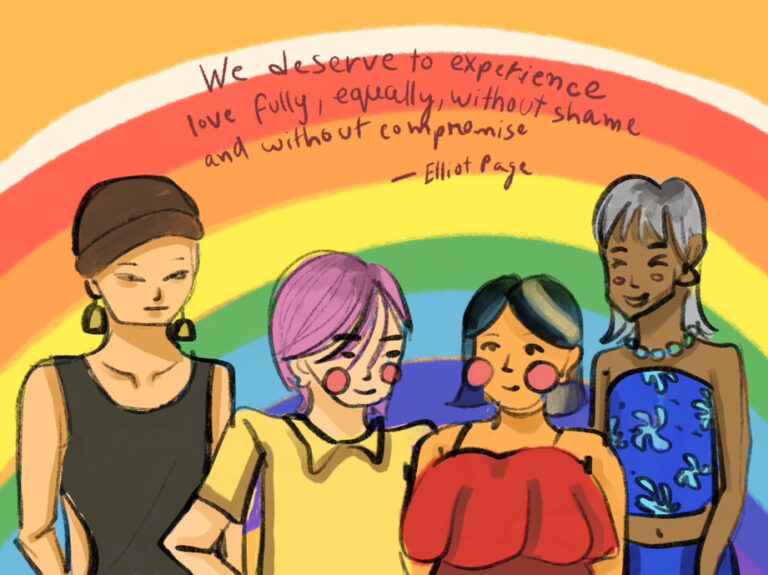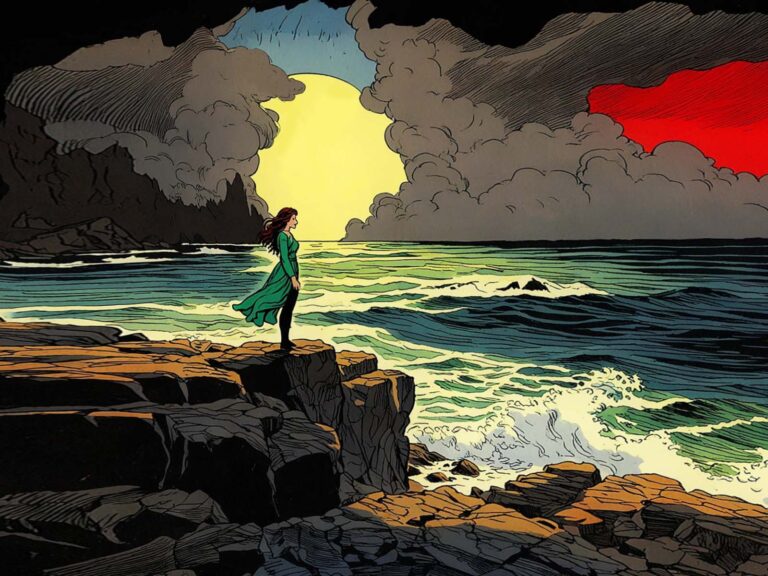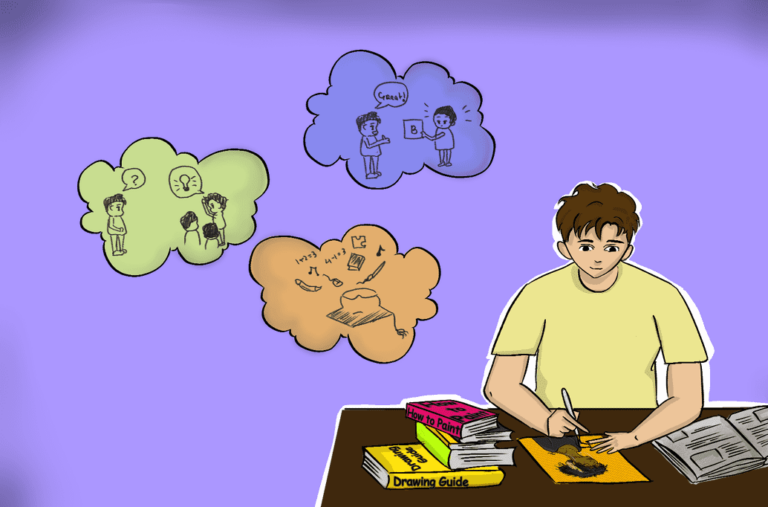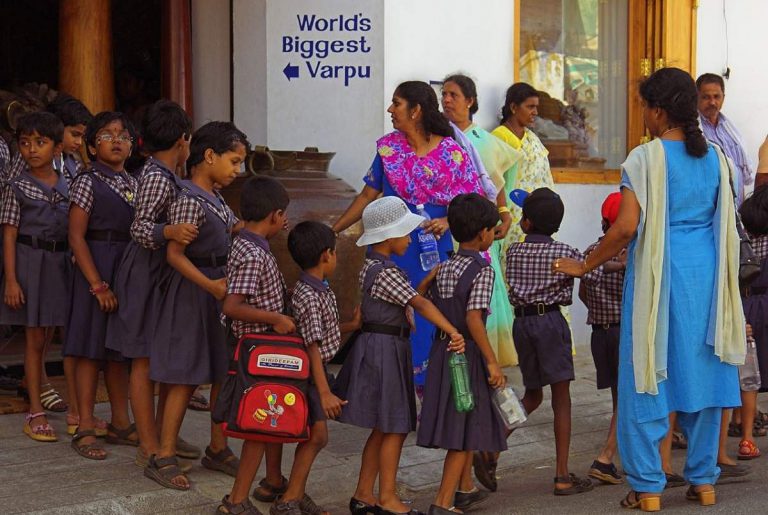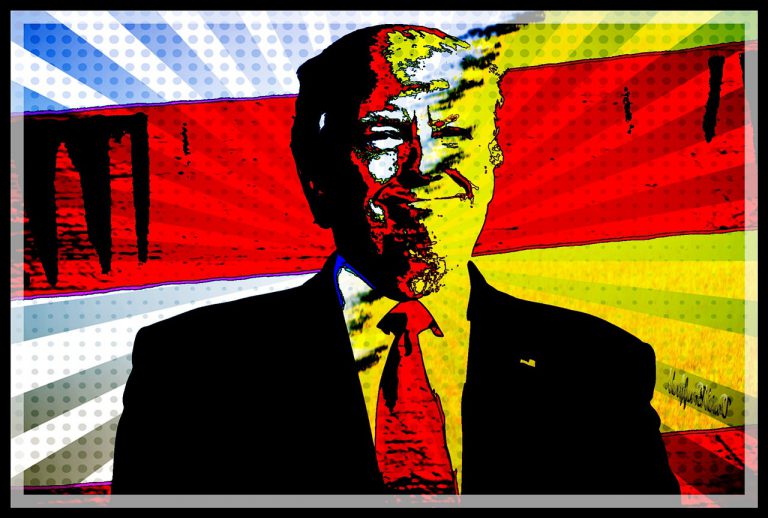Literature and Activism: Feminism in Twentieth Century Indian Literature

Shreya Sharma is a lawyer turned Literature student from New Delhi, India. Her study area includes but is not limited to East Asian Literature. She enjoys a good cup of coffee, engaging conversation, anime and of course, literature.
The tools for activism are many but perhaps, literature serves as one of the most important tools for social change and activism. Any great literary work holds the power to act as an agent for social justice and change. Inherently activist literature is not necessarily didactic or allegorical but is rather a pragmatic juxtaposition of change and learning. Especially in India, during the rule of the British Raj, the role played by the press and print had been phenomenal in invoking a collective patriotic sentiment that ultimately led to the achievement of independence in 1947. But not only independence, literature during the late nineteenth and the twentieth century has proved to be exceedingly consequential in initiation and continuance of the feminist movement in India.
Since centuries, Indian women have struggled to find equality of social, economic, political, cultural and even religious opportunity. For instance, in regard to the status of women, Sanskrit Hindu textbook, Manusmriti says, ‘The father looks after her during childhood, the husband protects her during youth, and the sons take care of her when she becomes old. The woman is never fit for independence.” This notion has invariably been carried forward through different times and generations which has led to the creation of a society wherein women are not regarded equal to their male counterparts in terms of capability and status.
Thus, the principle aim of the feminist movement in India has been to secure equity in freedom and rights for women in a society thriving upon the age-old structure of male dominance and patriarchy. Even though the word ‘feminism’ itself entails equality of the sexes, feminism in India has been anchored to the principle of equity.Hence, the struggle has been and continues to demand equal opportunities and access to resources for women that their male counterparts have been privy to on account of their seemingly ‘superior’ status. Instances of these endeavors can be found in doing a close reading of feminist literature which provides a cavernous insight into the female experience in the Indian society.
With the introduction of higher education and Western culture in the nineteenth century, women in India were motivated to engage in education and learning. However, they were still shackled with the expectations of household, children and family management. In this regard, Malashri Lal observes :
“Romantic attachments that she read in Charlotte Bronte or George Elliot were immensely alluring to the intellect but totally false to her own position as an object agreeable to an arranged marriage.”
With the advent of the twentieth century and the empowerment provided by education, women writers began to express their voice through literature. This spirit of opposition against the suppression of women can be witnessed across different genres of literature. The early works of Bengali poetess Toru Dutt centre around the themes of love, family, epics and mythological fascinations but merely border on feminine sensibility. On the other hand, Sarojini Naidu’s poems showcase a fierce fight for freedom and the struggle for equality, especially for women.
The post-independence and post-partition history of India is marked by the pain and suffering of millions, especially of the women who had to suffer the double agony of having to protect not only their lives but also their izzat, their honour, the impetus of protecting which fell on their own shoulders. A woman’s izzat was tantamount to the honour and pride of her family which would be considered maligned by association if the woman was stripped of her honour by means of abuse, usually sexual in nature. Punjabi poetess Amrita Pritam in her poem Akhan Waris Shah Nu (1947) brings attention to the plight of such women as she calls upon the medieval poet Waris Shah to witness, lament and summarize their grief. In Mazboor, ‘The Helpless’ (1951) Pritam laments the status of countless women raped, abandoned and displaced during the upheaval of partition.
At this juncture, it is imperative to mention the works of Ismat Chughtai who, at some instances is revered as the Virginia Woolf of India. Even though the context and settings that the two authors wrote in were entirely different – one being in England and one in Indian subcontinent, the hard-hitting feminist nature of their writings remains similar and is definitely comparable. Chughtai is well known especially for her controversial portrayal of female sexuality (Lihaaf, “The Quilt” 1942) at a time when even the thought of such things was amiss. In Chauthi ka Joda “The Dress of the Fourth Day” (1946) Chughtai blatantly criticises the social beliefs about marriage in the country – that a woman’s beauty defines her worth, that marriage is the only safe haven for a woman and despite all torture and abuse she is supposed to adjust and endure. Similar sensitive complexities of marriage are explored in the Indo-Anglian fiction of Anita Desai’s works such as Cry, The Peacock (1963), Bye-Bye Blackbird (1971) and Fire on the Mountain (1977).
Writing around the same time, Kamala Das expresses her aversions to the patriarchal set up of the society that has caused her imminent loss of freedom. Departing from the timid, silent and shy expressions of the past, Das in her most revered collection Summer in Calcutta (1965) dares to explore female sexuality and desire. In The Stone Age (1973), she quashes the tendencies of the indifferent, violent male in the patriarchal society. She exclaims,
You turn me into a bird of stone
A granite dove
You build round me a shabby drawing room
And strike my face absentmindedly while you
Read.
Thus, Das portrays the status of women by exploring the dynamics of various roles that she plays – that of a daughter, a wife, a sister, a lover. Similarly, the confessional tone taken by the poems of Gauri Deshpande depict the loss that women have to suffer in the society. In Beyond the Slaughter House (1972), Deshpande showcases her disregard for Hindu ethos and the custom that deem women as species fit only for childbirth and confine them to the role of motherhood. Imtiaz Dharker’s Purdah (1989) interweaves the complexities of gender and religion. The protagonist, the mysterious ‘she’ is told by ‘them,’ presumably the society that she is old enough to ‘learn shame,’ that purdah is ‘safety.’ Dharker criticises the society, especially the men for shunning down the voice of women and for making ‘different angles, in the light their eyes aslant, a little sly.’ Raji Narasimhan’s A Toast to Herself (1986) and Forever Free (1979) are testaments to freedom, independence and defiance as the female protagonists refuse to ‘settle down’ and find their own way.
Despite not being privy to injustice and oppression meted out to women, several male writers too explored themes of the female experience through their prose and poetry. One of the most prominent writers of India, Rabindranath Tagore in his Bengali short story Katha “The Notebook” (1991) showcased the problematic practice of child marriage, coupled with inequality of the sexes as his nine year old protagonist Uma is married off to a much elder teenage boy. She finds her liberties curtailed before as well as after marriage as she is not allowed even the simplest means of expression- simply writing in her notebook. Similar expressions can be found in the simplistic, down to earth works of Munshi Premchand. His Bazaar-e-Husn “Seva Sadan” (1918) which can be called his boldest work, is an intrepid commentary on female sexuality and morality as a young woman tries to find an independent, meaningful and respectful existence in prostitution. In the most easy flowing manner, Premchand draws upon the hypocrisy and conflict between ideals of religion and politics prevailing in a pre-independence India. In Nirmala “The Second Wife” (1927) he explores the misfortunes that befall his young protagonist, Nirmala as she is married off to a much older man as her previous bequeathment fails for want of dowry. Here he exposes the social standards, customs and beliefs prevalent in India that view the girl child as a mere financial and physical encumberment, dowry being the price of liberation from the ‘burden.’
One of the most unique features of the twentieth century feminist writing is the portyal of women as the original protagonists – they are the focus of the story which builds around their psyche and happenings in their immediate surroundings. This female protagonist is one who is itching and aching for liberation, for self exploration. She is one who once conformed to the social notions of shame, honour and silence but no longer seems to care. This is best captured by Shashi Deshpande’s protagonist in The Dark Holds No Terror (1980) where she remarks, “All right so I am alone. But so’s everyone else. We have to go on trying. If we can’t believe in ourselves, we are sunk.”
Much like the female protagonists, with the end of the twentieth century, feminist literature in India displayed signs of tremendous growth and a sense of liberation. Feminist literature as a means of literary activism explored myriad themes such as sexism, social status, child marriage, dowry, sexuality, family values, love, liberation, etc. The representation of women’s condition within literature has since given a strong impetus to development of the feminist movement in the country. These works have inspired notable twenty-first century women writers such as Jhumpa Lahiri, Arundhati Roy, Urvashi Butalia, Ritu Menon, Kamla Bhasin, Chitra Banerjee Divakaruni among others.
Literature as a means of activism cannot be denied its role and importance in history. It has served as a weapon to further social justice not only in the feminist movement but also in the war against inequalities of class, caste and religion, in India and worldwide. In the words of Munshi Premchand, “Literature is the mirror of its time, the expression and ideas that energized the hearts of people also cast its shadow on literature.”
References
- Manu. Manusmriti, verse 9.3
- Lal, M. (1995). The Law of the Threshold : Women Writers in Indian English. Institute of Advanced Study.
- Dharker, I. (1989). Purdah and Other Poems. Delhi: Oxford University Press.
- Deshpande, S. (1990). The Dark Holds No Terror. New Delhi: Penguin.
Image Source: Pixabay


